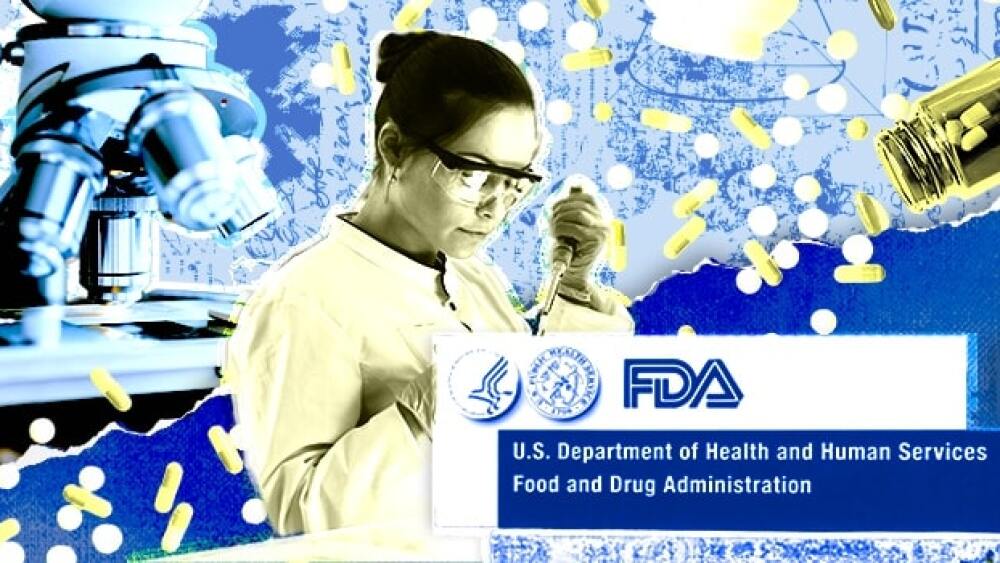A broad array of consumer, medical, parents, and environmental groups are lauding a new safety communication from the U.S. Food and Drug Administration that recommends against use of dental amalgam in children and many women.
WASHINGTON, Sept. 24, 2020 /PRNewswire/ -- A broad array of consumer, medical, parents, and environmental groups are lauding a new safety communication from the U.S. Food and Drug Administration that recommends against use of dental amalgam in children and many women. Dental amalgam is a filling material that is approximately 50% mercury – a known neurotoxin and major pollutant.
Today, FDA recommended that mercury-free fillings, such as composite and glass ionomers, be used in people at higher risk for adverse health effects from mercury exposure, including pregnant women and their developing babies, women planning to become pregnant, nursing women and their infants, children (especially those under age six), individuals with neurological or impaired kidney function, and people with sensitivity to mercury or other components of amalgam.
“This is the beginning of the end of dentistry’s mercury era in America,” says Charlie Brown of Consumers for Dental Choice. “We salute FDA for stepping forward with these recommendations against amalgam use, and we urge all American dentists to heed them. This action has the potential to protect millions of Americans from mercury exposure.”
Dr. Mark Mitchell of the National Medical Association, which has called for the phase out of mercury use in dentistry, called for the immediate end of amalgam use in children in all government programs: “Amalgam’s use is most prevalent in government programs and institutional dentistry; its use must end now in those programs: at the Defense Department, in Indian Health, in Medicaid, in American prisons. Today’s announcement sets the stage for this to occur in at least some of these populations.”
“Even a small exposure of a neurotoxin at the wrong time of development can have a lifelong impact, especially for the fetus and young child,” said Tracy Gregoire with the Learning Disabilities Association of America. “There are proven, safer alternatives to amalgam, so we should avoid preventable exposures to neurotoxins like mercury in amalgam. For these reasons, LDA is happy to see that the FDA lists pregnant women, nursing women, and children in the high-risk category and recommends that alternatives to amalgam are used.”
“There is no safe level for mercury in the environment – or in people,” said Michael Bender of the Mercury Policy Project. “This decision will ultimately end amalgam use, both in the USA and eventually globally.”
Sylvia Dove of the World Alliance for Mercury-Free Dentistry says, “We commend FDA for recommending against dental amalgam use in vulnerable populations – a step more and more countries throughout Europe, Africa, and Asia are taking. FDA’s new safety communication will help empower all patients to choose mercury-free fillings for themselves and for their children.”
Eric Uram, coordinator of the Chicago Declaration to End Dental Industry Mercury Use, said, “This decision culminates a three-year campaign to re-open amalgam for reconsideration. We are delighted to see FDA has taken steps to begin the end of the mercury problems caused by new amalgam use. This guidance opens the door to the major concerns we raised about communities most affected by mercury and the role of amalgam in toxic mercury’s impacts to those people. We will begin talks with the appropriate agencies straight-away.”
The FDA news release is at https://www.fda.gov/news-events/press-announcements/fda-issues-recommendations-certain-high-risk-groups-regarding-mercury-containing-dental-amalgam
CONTACT:
Charlie Brown
Consumers for Dental Choice
202-246-7642
charlie@toxicteeth.org
SOURCE Consumers for Dental Choice




